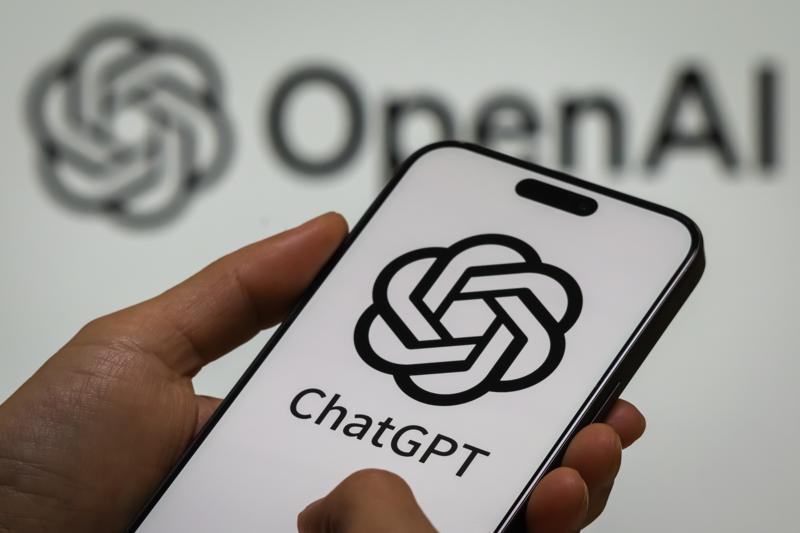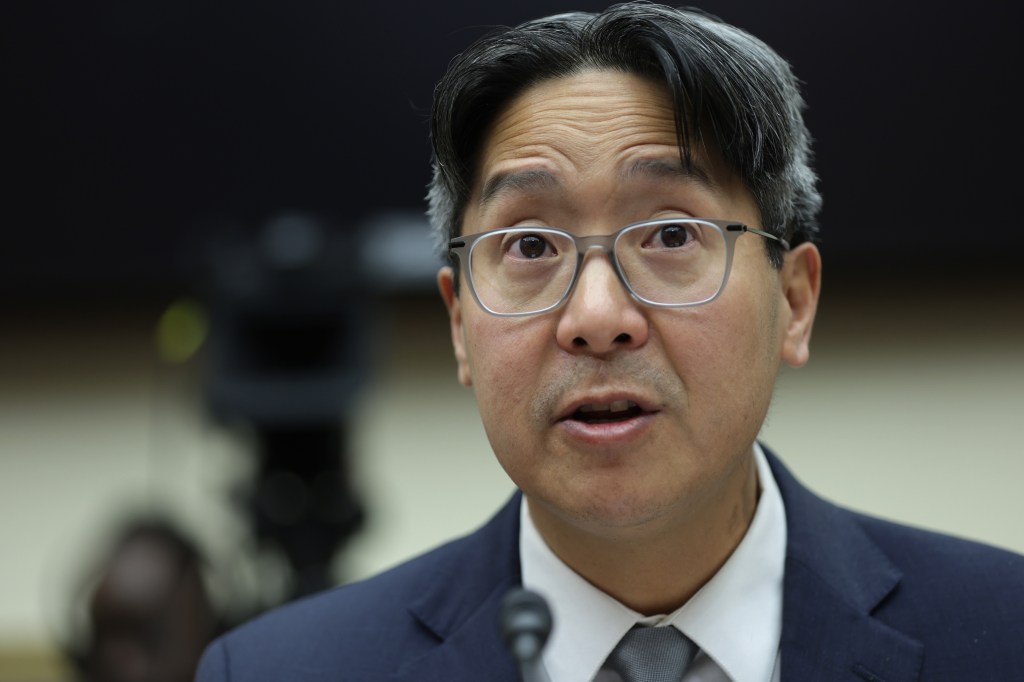“With AI, it is easier to disclaim responsibility for bad outcomes than with any other technology in recent memory.” So said Michael Hsu, Acting Comptroller of the Currency, in a thoughtful speech delivered to the Financial Stability Oversight Council’s AI Conference recently. His remarks were a welcome change of perspective
Register for free to keep reading.
To continue reading this article and unlock full access to GRIP, register now. You’ll enjoy free access to all content until our subscription service launches in early 2026.
- Unlimited access to industry insights
- Stay on top of key rules and regulatory changes with our Rules Navigator
- Ad-free experience with no distractions
- Regular podcasts from trusted external experts
- Fresh compliance and regulatory content every day

















